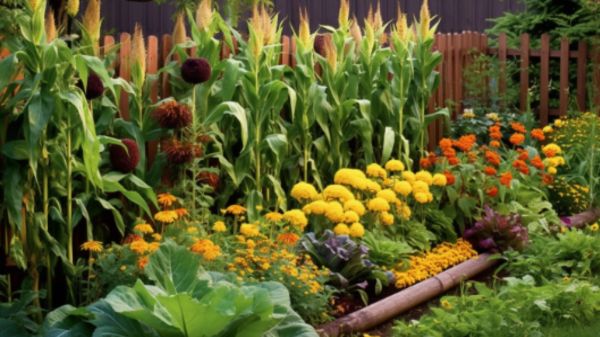Eight Practical Tips for Urban Permaculture Implementation
Are you tired of the concrete jungle and yearning to create a thriving oasis in your own backyard? Look no further! We’ve got you covered with eight practical tips for urban permaculture implementation.
From site assessment to pest control, we’ll guide you through the process of transforming your urban space into a green haven.
So grab your gardening gloves and join us on this exciting journey to reconnect with nature and foster a sense of belonging in your own community.
Site Assessment
We begin our urban permaculture implementation journey by conducting a thorough site assessment to determine the potential and limitations of our chosen location.
Urban permaculture presents unique challenges due to limited space, soil quality, and access to sunlight and water. By carefully assessing our site, we can create an urban permaculture design that maximizes the use of available resources and minimizes potential obstacles.
During the site assessment, we analyze factors such as microclimates, existing vegetation, and water drainage to identify areas suitable for growing food, creating compost, and implementing water conservation strategies. By understanding the specific characteristics of our site, we can make informed decisions about plant selection, garden layout, and resource allocation.
Through this process, we can create a thriving urban permaculture system that not only addresses the challenges of urban environments but also fosters a sense of belonging and connection within our community.
Water Management
To effectively manage water in our urban permaculture system, it’s important to implement strategies that optimize usage and minimize waste.
One practical solution is rainwater harvesting. By collecting rainwater from rooftops and storing it in tanks or barrels, we can reduce our reliance on municipal water sources. This harvested rainwater can be used for tasks like watering plants, washing cars, or flushing toilets.
Another strategy is greywater recycling. Instead of letting water from sinks, showers, and laundry go down the drain, we can capture and treat it for reuse in irrigation or toilet flushing. This not only conserves water but also reduces the load on wastewater treatment plants.
Soil Improvement
How can we enhance the quality of soil in our urban permaculture system?
Soil improvement is crucial for the success of any permaculture project, especially in urban areas where the soil may be depleted or contaminated. Fortunately, there are several practical techniques we can use to improve the soil in our urban permaculture system.
One effective method is composting, which involves creating a nutrient-rich compost pile using kitchen scraps, yard waste, and other organic materials. We can add this compost to the soil to improve its fertility and structure.
Another option is to use organic fertilizers, such as compost tea or seaweed extract, which provide essential nutrients to the soil without harmful chemicals.
Plant Selection
One important aspect of urban permaculture implementation is selecting the appropriate plants for our system. The right plant selection is crucial to creating a productive and sustainable urban garden.
Here are some practical tips to help you make informed choices:
- Companion planting: Consider planting compatible species together to maximize their growth potential and deter pests naturally. For example, planting basil near tomatoes can help repel pests and improve tomato flavor.
- Organic fertilizers: Opt for organic fertilizers to nourish your plants without harmful chemicals. Compost, worm castings, and seaweed extract are excellent choices that provide essential nutrients while improving soil health.
- Local climate adaptability: Choose plants that suit to your local climate conditions. This will increase their chances of thriving and reduce the need for excessive watering or protection from extreme weather.
Pest Control
We frequently encounter pest challenges in our urban permaculture system, but there are effective methods to control them.
One of the best approaches is to use natural methods, which are safe for both humans and the environment. One such method is companion planting, which involves planting certain plants together to deter pests. For example, you can plant marigolds alongside vegetables to repel aphids and other insects.
Another natural method is to encourage beneficial insects, such as ladybugs and lacewings, which feed on garden pests. Providing them with habitat and food sources, like flowering plants and water, can help attract them to your garden.
Conclusion
In conclusion, by following these practical tips for urban permaculture implementation, we can create sustainable and productive gardens in our cities.
Through site assessment, water management, soil improvement, plant selection, and pest control, we can overcome the challenges of limited space and resources.
With a little planning and effort, we can transform our urban environments into thriving ecosystems that provide food, beauty, and a connection to nature.
Let’s embrace the power of permaculture and make our cities greener and more sustainable.






